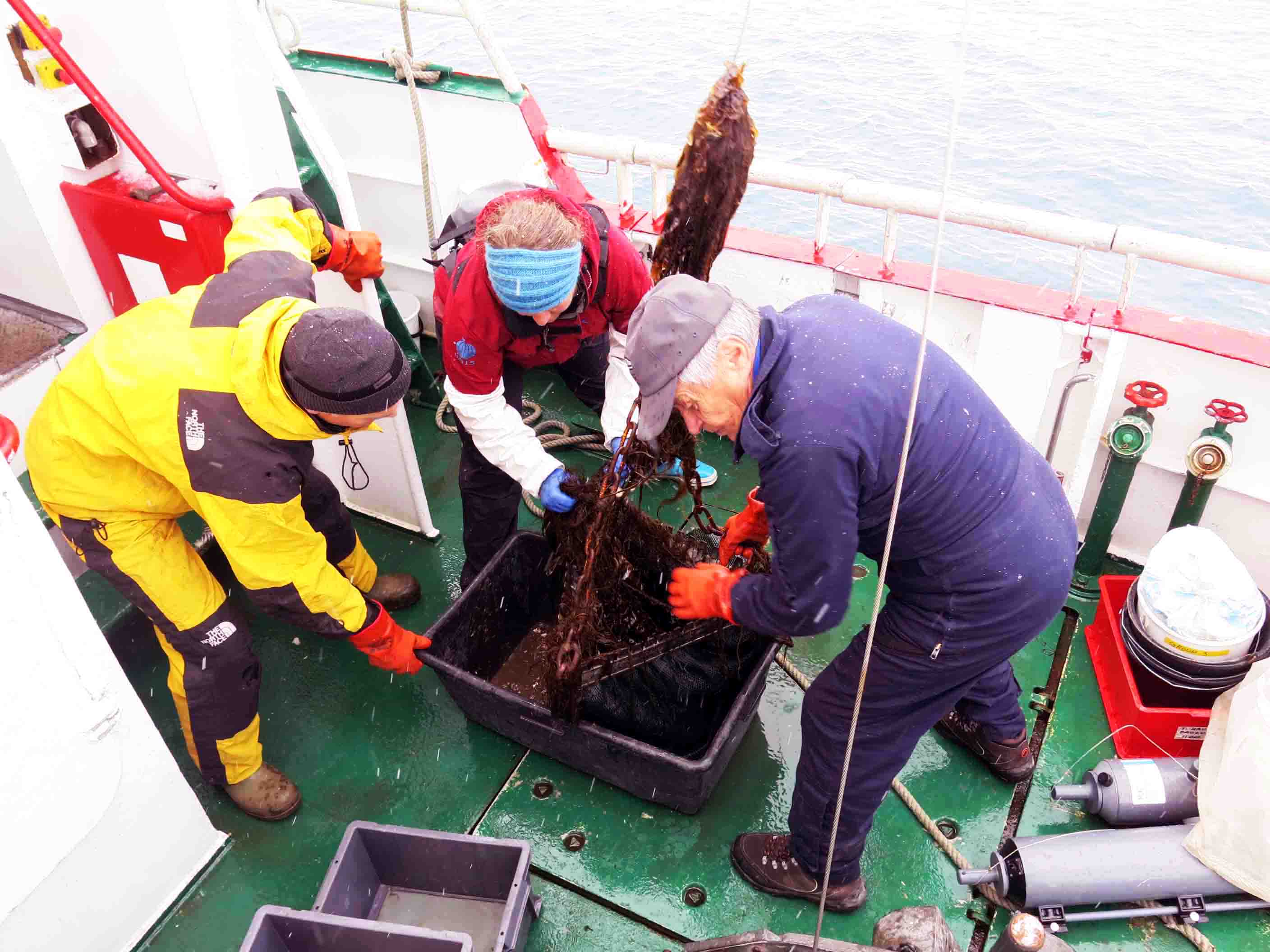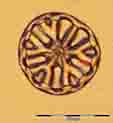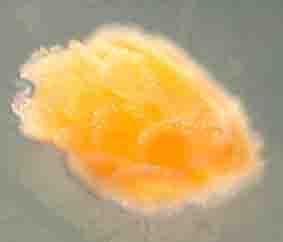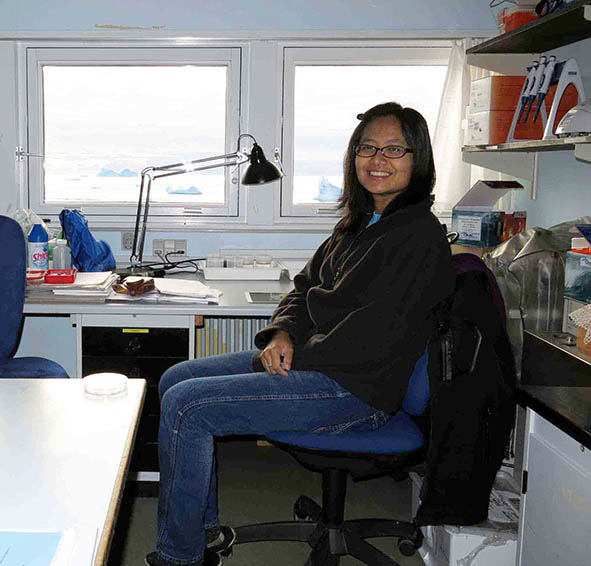During the first day of our stay (13 Sep. 2013) at Qeqertarsuaq bay, Disko Island, we sampled using the triangular dredge at depth 37 meters. We got many specimens of animals and plants. Anne Helene picked a sea cucumber from the sample container and called me to see it. It was stained with mud, but after quick cleaning it looks better.
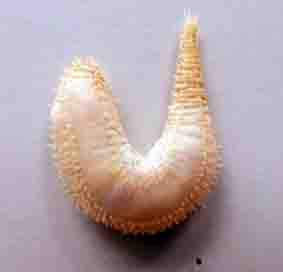
Pentamera calciger (Stimpson, 1851)
In the evening, I checked its outer characters and ossicles (small spicules in the skin) and identified it as a Pentamera calciger (Stimpson, 1851). It lives buried in the mud while its dendritic (branched) tentacles reach out above the mud surface for feeding.

Above: Ossicles from Pentamera calciger skin: tables, elongated plates and end plate
I got the second species of sea cucumber from the Amphipod Team as well (Anne Helene, Daniela and Henning). They found four specimens while looking for amphipods in algae. I was excited about those because they were Apodida (sea cucumbers without tube feet), the same group as I am working with in my PhD thesis. After examination, I found out that they are Chiridota laevis (Fabricius, 1780).
One week later, Christiane and Inga gave me 6 sea cucumber juveniles from the large Lithothamnion aggregations, Kangerdluk, Disko Fjord. Of course! I never seen them before, they are so small (2-4 mm long) and have a nice orange colour. Under the microscope, they are a bit transparent and the ossicles are easy to see. I find that so amazing. I also asked Andreas to take these beautiful photos for our blog.
Both belong to the dendrochirotid order. The species are Cucumaria frondosa (Gunnerus, 1767) and Psolus sp., respectively. Cucumaria can become close to 30 cm long when they grow up!
Although I found only four species of sea cucumbers, for me, a student coming from a tropical country, this is a great experience and a good start to learn more about Arctic sea cucumbers. It is so cool!
Written by Arom Mucharin (Thai Ph.D. student from Aarhus University, Denmark)


